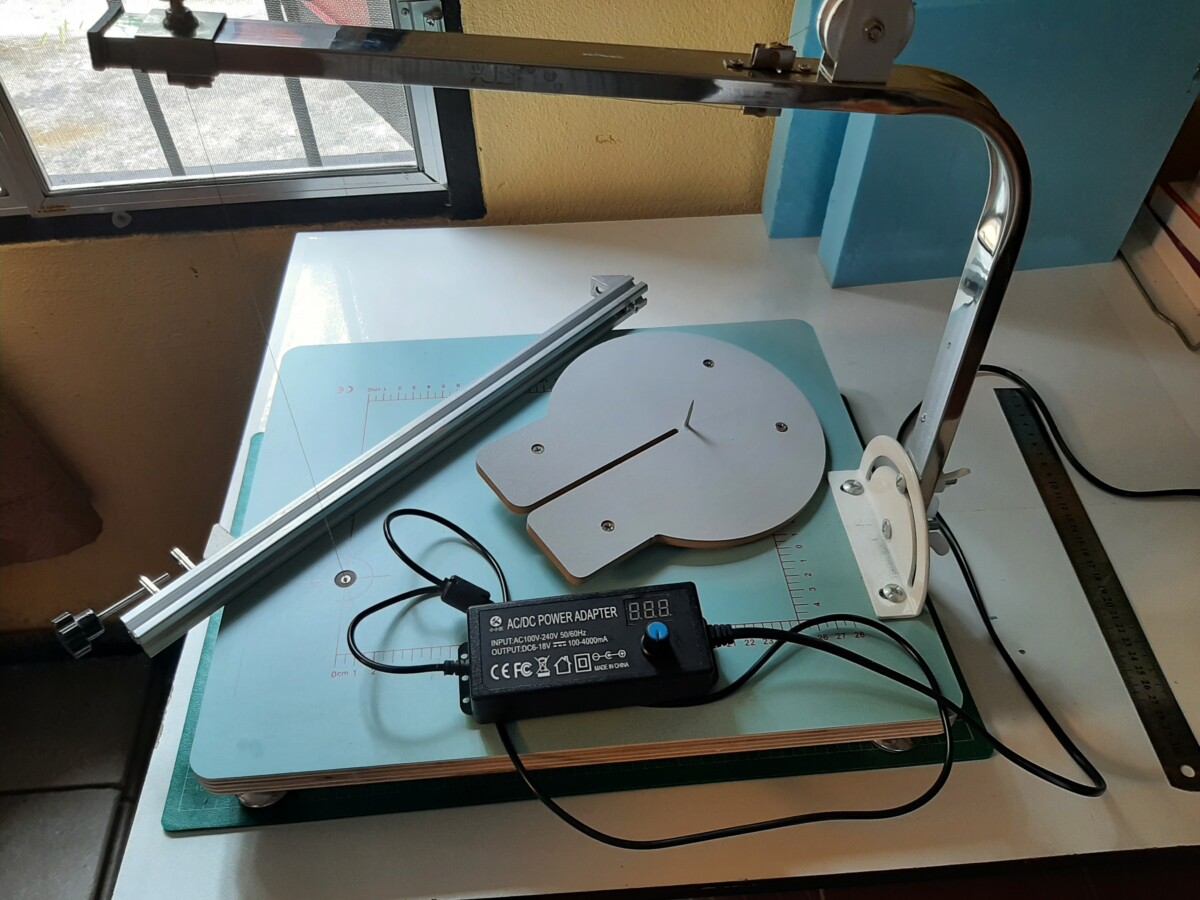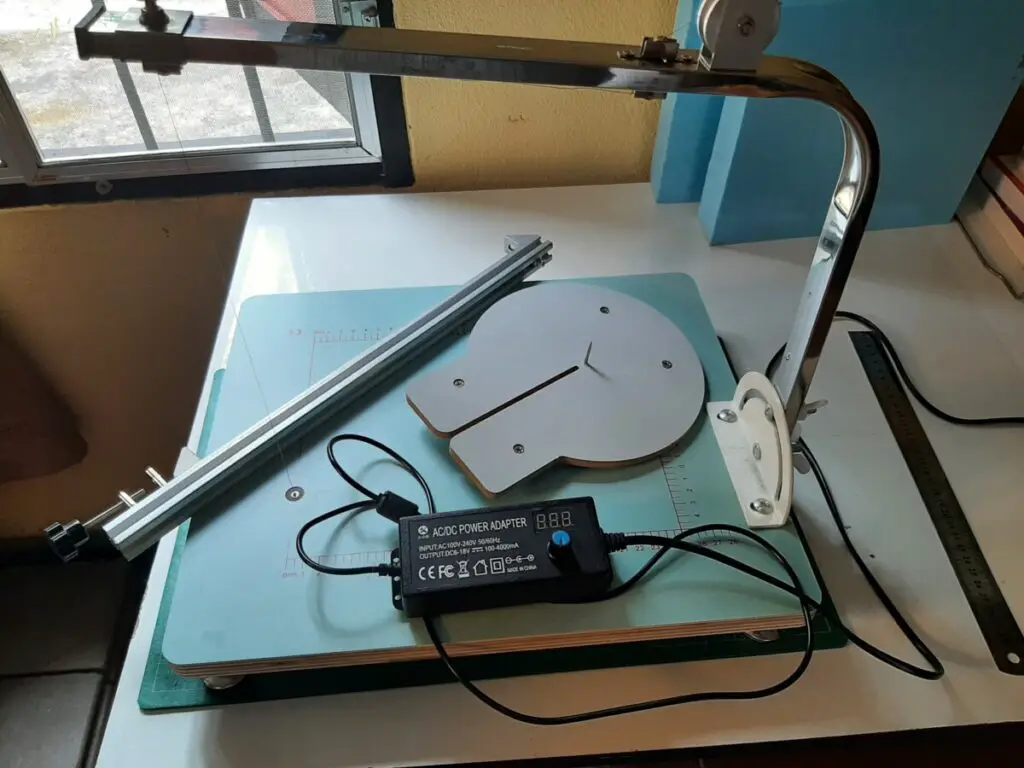I have always been fascinated with tabletop miniatures, terrain, and dioramas so when I reached this stage in my life I decided it was time to start creating and crafting and make some serious money with my new purchase of a hot wire cutter. Read the whole article to give you ALL the information but the big money example is at the bottom, in the 2nd video.
With this in mind, one of the first things I felt I needed to continue this hobby was a hot wire foam cutter. But which one is the best? I saw many reviews but found that most people were just hashing reviews without actually purchasing anything so I went ahead and bought one. The VEVOR
For me, the VEVOR is the best hot wire foam cutter, which does the job perfectly. (Check it out here on Amazon). It is a desktop model which is simple but sturdy and the cutting wire cuts through the foam in the same way a hot knife cuts through butter.
It is:
- Durable
- Fast Heating
- Accurate measurement
- Versatile
- Value for money
- Adjustable hot wire to many different angles
The base is made from sturdy MDF and the arm is made of stainless steel, and despite its simple appearance, it is very versatile indeed. The hot wire can be positioned along the arm to make a variety of angled cuts as well as tilting the whole arm to perform the same function but at a 90-degree angle. The feet can be lowered and raised too to ensure the table sits perfectly with no wobbling, allowing you to focus on your work.
The temperature can be varied which allows you to work faster or slower depending on the foam you are working with and allows you to make some very detailed cuts without turning your project into a dripping mess of melted foam. The readout is digital so you can be very precise with your settings to ensure perfectly clean cuts every time.
The base has measurements on three sides allowing you to quickly set your guide bar so you can begin working right away without needing extra checks before beginning. The guide bar can be screwed tight and loosed in a matter of seconds so you can make multiple, different cuts without losing too much time.
For me, one of the best features is the circle cutter jig that comes supplied. You can create tall cylinders or small discs and even cones using the jig and the tilted cable at the same time. I have done an average job of this at best so far as I have not had much practice but my cones are ok after a little sanding and will improve with practice.
Check out my video where I run through some of the techniques used to create various shapes using my VEVOR hot wire cutter.
After working with my trusty cutter I am so glad I opted for this one as well as taking the plunge to buy one in the first place.
Before I bought it I had to make cuts manually and even with the smallest cuts and the thinnest foam it was hit and miss at best. The larger foam cuts were just ridiculous and almost comical if it was not for the extra waste that this created.
Fortunately for me now all my cuts are about as perfect as they can be and look great, which has given me the inspiration to craft more and be more adventurous. This would not have been possible with just a large kitchen knife, no matter how great the knife is.
As hot wire foam cutters go, this one is pretty neat. It’s not the most expensive nor the cheapest but I think the positive reviews for this are highly recommended.
I checked out a few different hot wire foam cutters online and found this one to be a real heavy duty workhorse for cutting both my eps foam and my xps foam too.
Is a hot wire cutter faster than using craft knives?
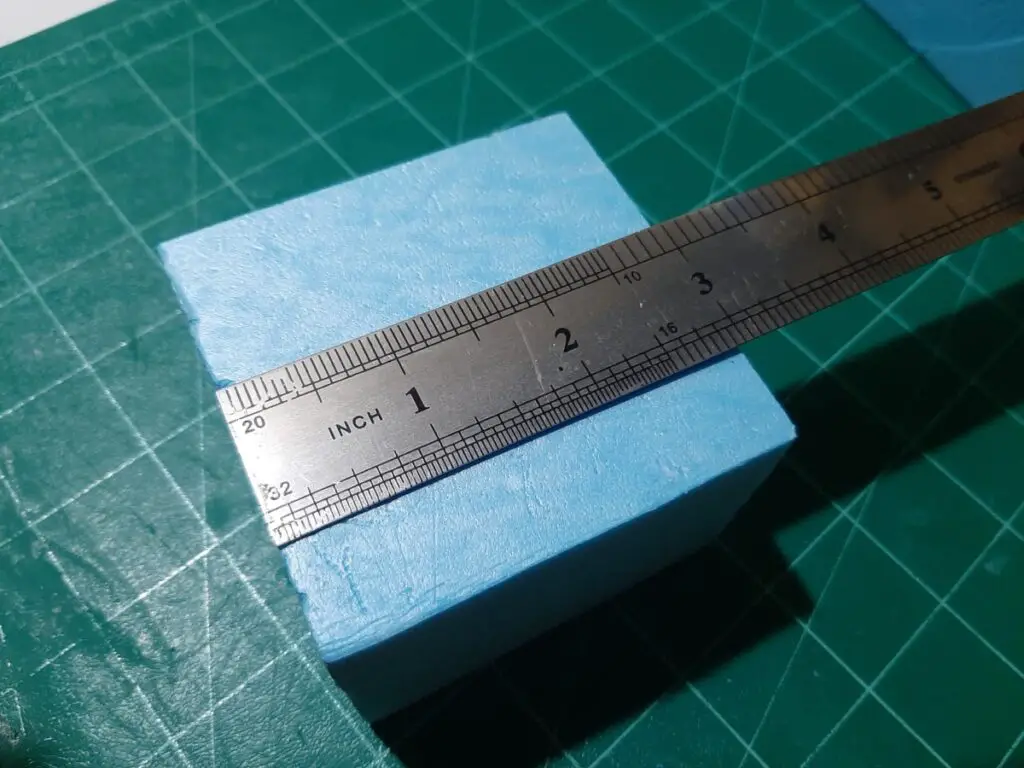
The short answer to this question is yes. If you are looking to cut larger pieces of foam or perhaps lots of smaller pieces, to make bricks for example, then a hot wire cutter is hands down faster and the cutting wire will give you more reliable and uniform cuts for your project. One of the main reasons people buy these hot wire tables are that they can cut a variety of shapes and sizes with ease without slowing down the process too much, just to adjust the machine for its new setting.
Conversely, if you are looking to make fewer cuts on large foam boards then a regular knife may be more suitable as the setup time for your machine may take longer than it would to measure and cut your foam by hand.
What can you cut with the tabletop hot wire cutter?
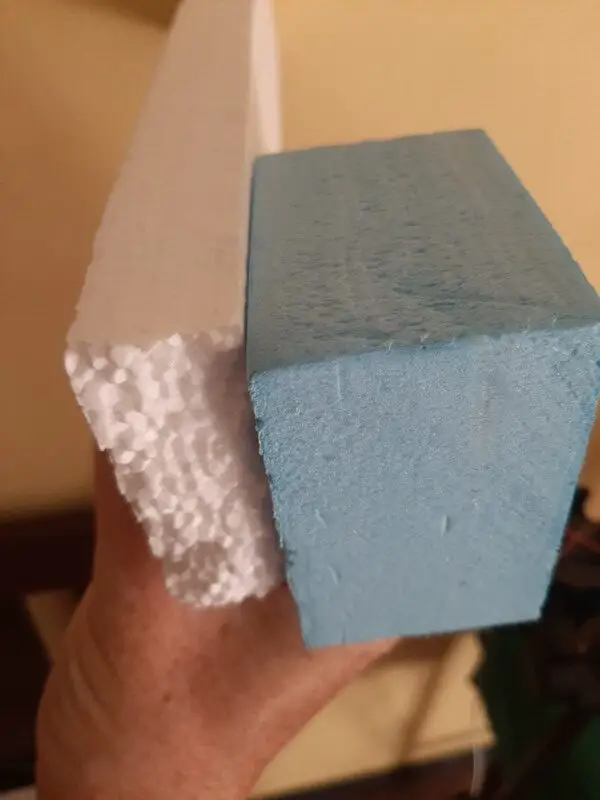
The main material the hotwire foam cutter is designed for is styrofoam. This comes in a few flavors but the most popular 2 types are EPS and XPS.
EPS is expanded polystyrene foam. This usually comes in the form of small white beads pressed together into a molded shape. You often see this when you unpack electrical goods and you see odd white shapes hugging the item. You may see the beads stick to everything too when the foam is broken because of static which makes it quite annoying despite being cheap.
XPS is extruded polystyrene foam. This gets made in larger blocks and sheets and is usually made as a form of insulation rather than as a form of protection against fragile items. Due to the ease with which it can be cut, etched, carved, and sanded it has now become one of the tools of the trade with hobbyists and crafters around the world due to its price and availability.
XPS foam comes in two main types blue and pink, the best all rounder is really the pink insulation foam as it tends to have the right density for making models and scenery.
Should you invest in tabletop hot wire foam cutters?
For many people, the price can seem a little offputting when compared to the price of a few dollars for a craft knife but the sheer time saving and precision aspects make this purchase not only a smart idea but one that is essential if you want to produce consistent and quality work in a timely manner.
If you don’t have the budget for a tabletop machine why not check out the handheld hot wire foam cutters available at Amazon here. They don’t have the rigidity of a tabletop machine but you do get to freehand your cuts, which if you are making scenery like mountains or hills then it may just be for you.
You can use them for cutting glass too, however, if you want to keep it purely for foam then check out this article that helps you to decide what the best glass cutting tool would be for your needs.
Why hot wire foam cutters are an investment
Hot wire foam cutters are long lasting and rely on very little to keep them in great condition. As long as you keep the cutting wire clean and under the correct tension, there is no reason why it will not keep going forever.
If you eventually need to replace your cutting wire then it’s a very small cost to do so. Apart from the wire, there are no other consumables needed.
Once you have used your hot wire foam cutter to make (and sell) it will have paid for itself. The foam cutter can also be used for foam sculpting too and the nichrome wire will make easy work of what passes around it.
Making crafts as a business – Make 10k a month easily
When you start making gaming terrain as a business you need inspiration as well as a hot wire cutter
Check out these articles to get the lowdown on exactly how to make foam crafts as well as other types of crafting too
You can make a variety of cool projects from simple gaming floor tiles, which can be painted
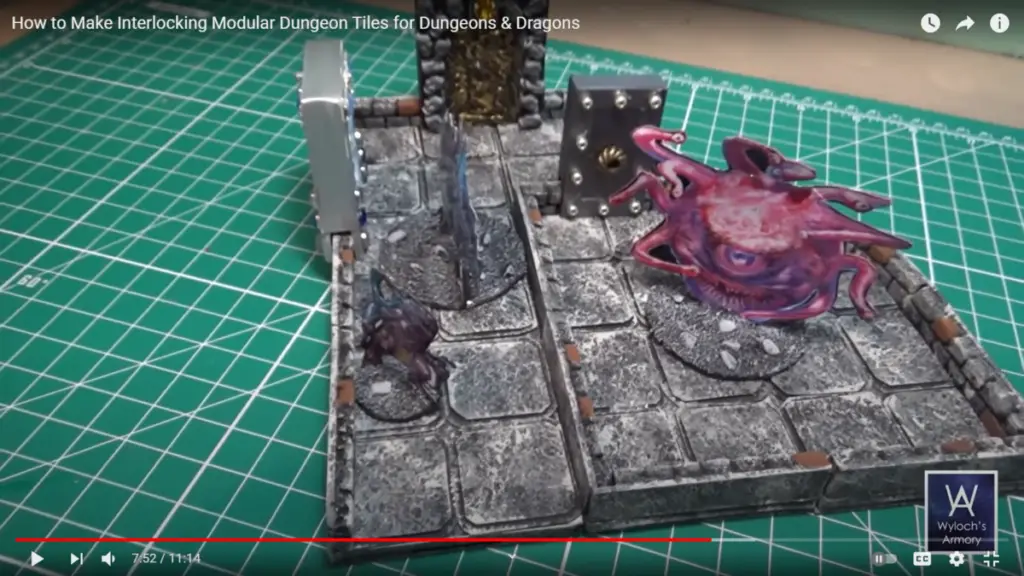
to create a variety of playing surfaces.
Small castles that can be used for wargames for an opponent to storm with his army.
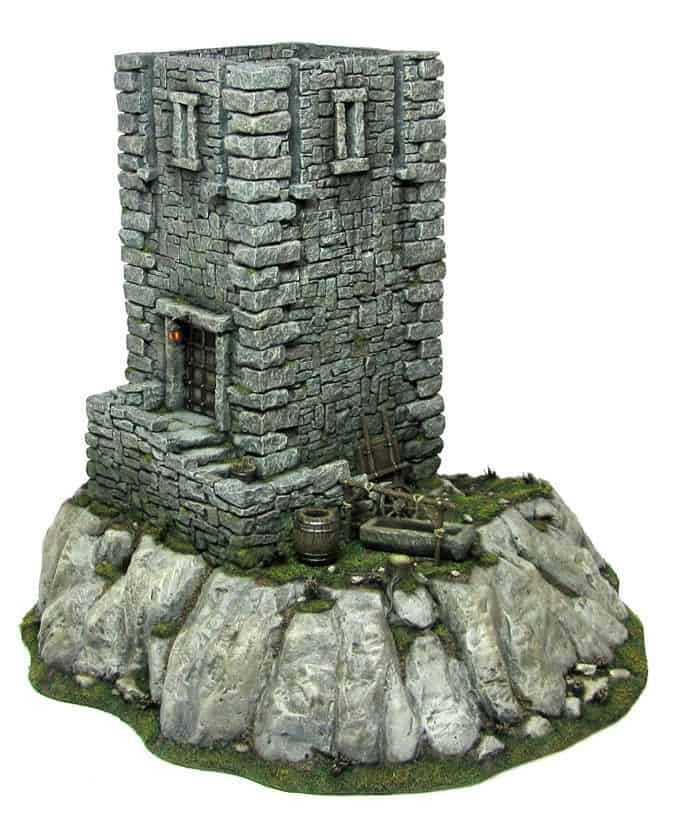
Or maybe an enchanted cottage in the woods surrounded by mystery
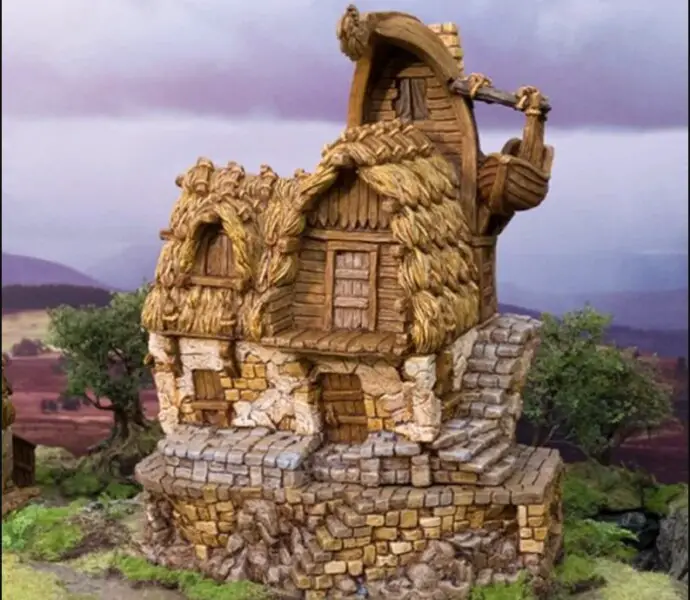
If you are interested in learning, take a look at this article
Using styrofoam to make 10k a month with gaming terrain
Companies like Woodland Scenics offer a variety of complimentary products for dioramas and terrain.
Check out this video showing you what you can expect to make each month – hint it’s around 1,000% profit!!!
How can I start a foam cutting craft business?

The good news is that you are already in the right place. We have articles helping you to find creative ways to use your recycling but the best way to start cutting foam is by getting your hands on a hot wire foam cutter and having a go.
It’s an easy learning curve and you will master the techniques easily without it costing you hundreds of dollars. If fact, in many of our articles here we often talk about taking recycling from friends and family, which not only gives you an almost unlimited supply of materials but helps them save money too.
Here are some easy steps to follow to get you started
The steps below can be used as a rough guide to see if foam cutting and terrain modeling would be something you could enjoy making money with.
Get your hands on a hot wire foam cutter
There are many hot wire cutters on the market so you will find one to suit your budget but to be honest if you are looking to do a lot of foam cutting on them then check out the table top versions. For handheld hot wire cutters offer flexibility when making freehand cuts but will limit you greatly when you need to mass produce something like bricks or walls.
Practice using the foam cutter
Practice makes perfect and foam cutting is no exception but it’s not just about pushing some foam along a wire. Firstly you need to know about the safety features included on your machine.
Then you need to be aware that cutting foam can result in toxic fumes being released so good ventilation or some kind of respirator mask may be needed.
You also need to know what tension the adjustable wire needs to be and how far you can stress it without it breaking. You also need to learn about the various heat settings and how your wire heats the foam when stationary. If you pause during a cut the foam will melt in a small arc around the wire.
Remember too that pink insulation foam will melt at different rates to eps foam, for example, so treat your foam types as unique materials.
Build a few models and paint them
When you start researching you will often see plastic models for sale often by a large reputable company like Warhammer but if you then build using the models for creative inspiration then you can make great alternatives for a fraction of the price and can pass on huge discounts to your customers while making a pretty penny yourself.
Ask for feedback
Once you have made a few models, ask people what they think and accept any criticism humbly, remember the more feedback you get the more you can learn and improve so take each comment as free education.
Think about where to sell
You can choose to make them and sell locally in craft fairs and markets but if your products are too niche, like wargaming terrain for instance you may find you have a small target market. Going online somewhere like Etsy can be better as there is a distinct lack of creators on there selling high quality terrain and models.
Create a product range and start production
Once you have a style of models you are happy making then create a series around that theme. You will find you can get repeat custom from the same customers if they like your work.
Once you are established get their feedback about your new ideas to gauge the potential of your new lines.

